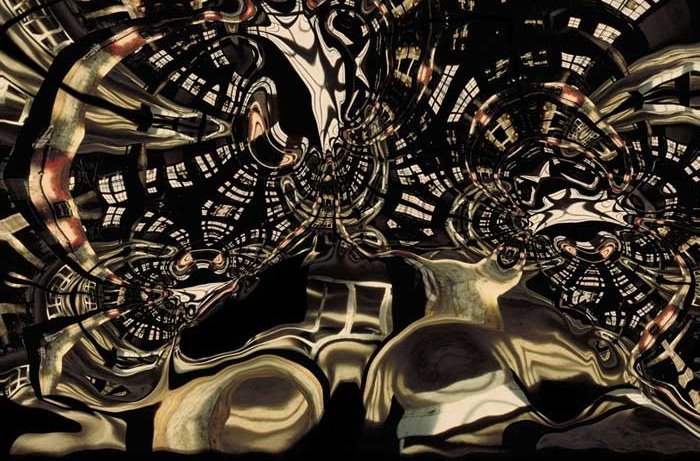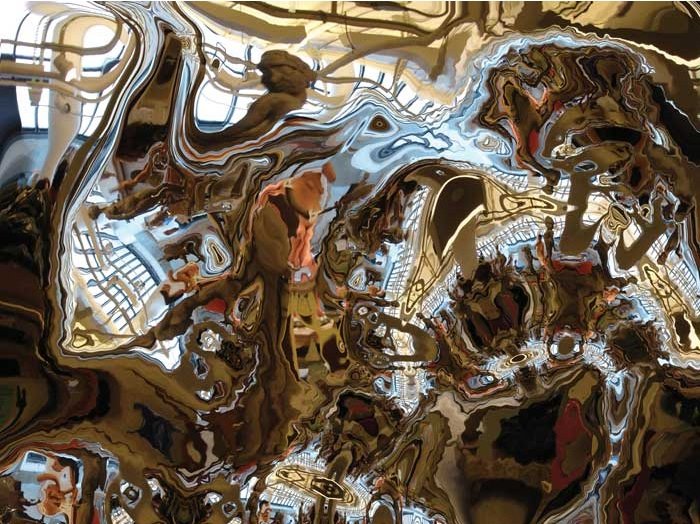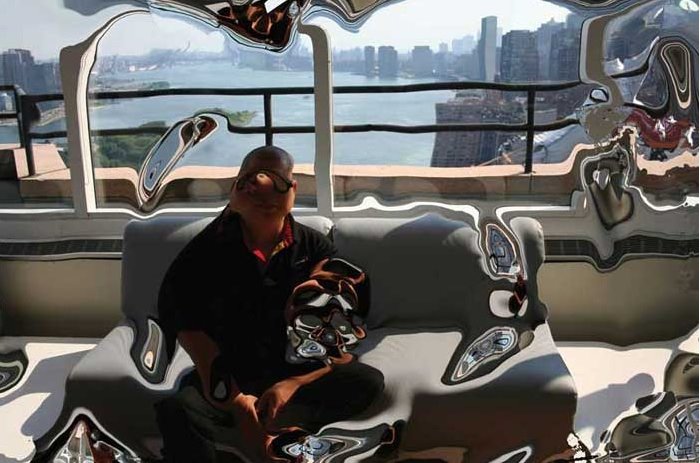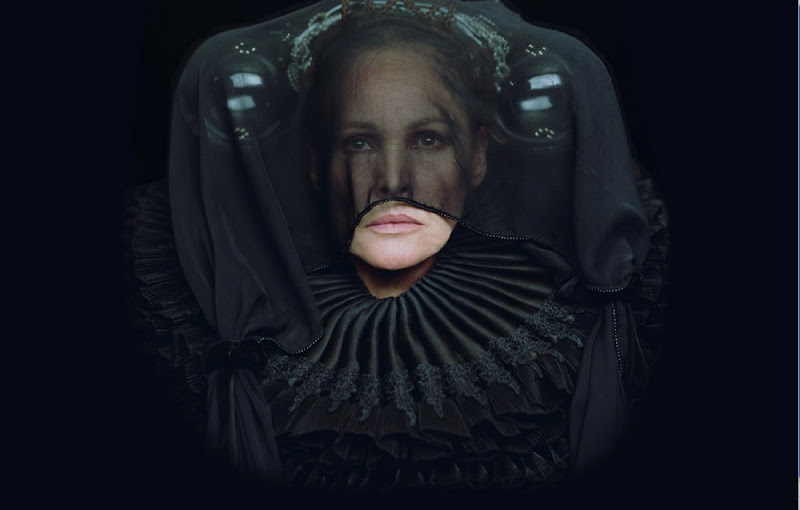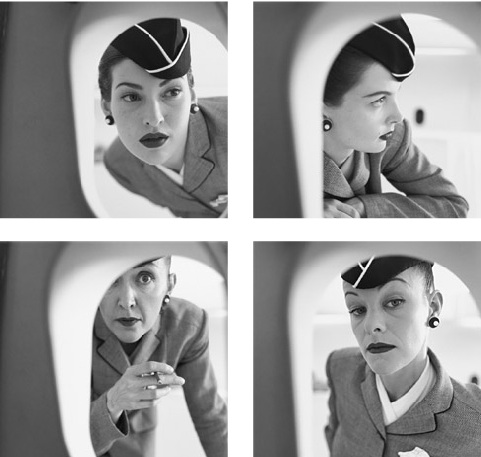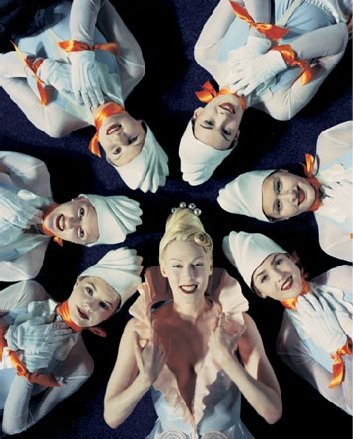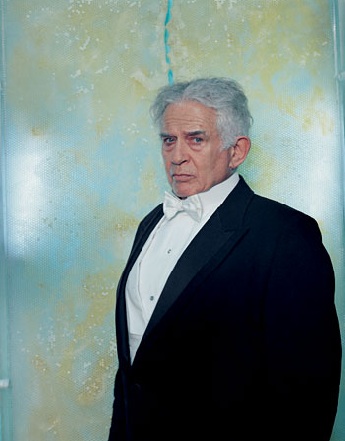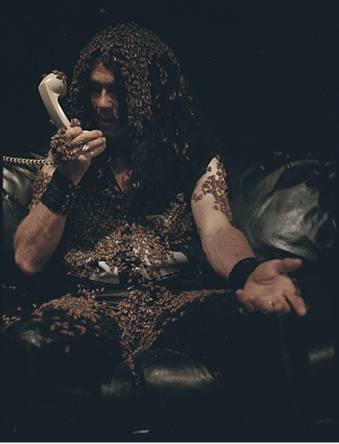

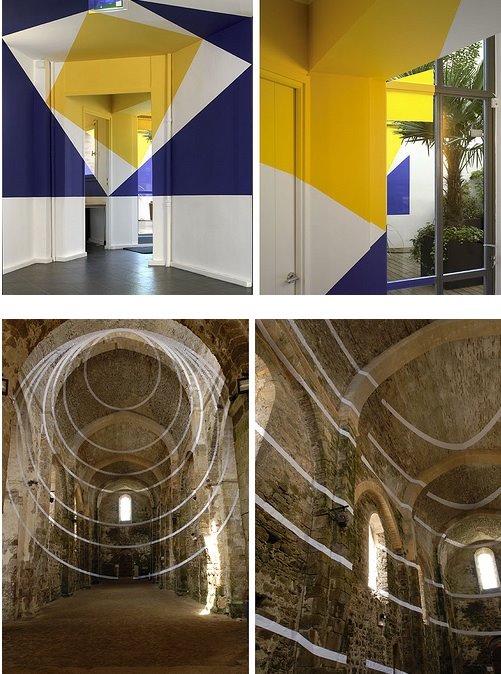







Felice Varini's work is completely insane. He works and plays with perspectives and paints lines or geometrical forms in open spaces. You have to stand at the exact good point of view to get his whole picture. Or else, what you will see will be just chaos. Sometimes it is hard to believe the pictures are real and were not digitally remastered!!! This is what Varini says of his work :
«My field of action is architectural space and everything that constitutes such space These spaces are and remain the original media for my painting. I work "on site" each time in a different space and my work develops itself in relation to the spaces I encounter.
I generally roam through the space noting its architecture, materials, history and function. From these spatial data and in reference to the last piece I produced, I designate a specific vantage point for viewing from which my intervention takes shape.
The vantage point is carefully chosen: it is generally situated at my eye level and located preferably along an inevitable route, for instance an aperture between one room and another, a landing... I do not, however, make a rule out of this, for all spaces do not systematically possess an evident line.
It is often an arbitrary choice. The vantage point will function as a reading point, that is to say, as a potential starting point to approaching painting and space.
The painted form achieves its coherence when the viewer stands at the vantage point.When he moves out of it, the work meets with space generating infinite vantage points on the form. It is not therefore through this original vantage point that I see the work achieved; it takes place in the set of vantage points the viewer can have on it.
If I establish a particular relation to architectural features that influence the installation shape, my work still preserves its independence whatever architectural spaces I encounter. I start from an actual situation to construct my painting. Reality is never altered, erased or modified, it interests and seduces me in all its complexity. I work "here and now".»
+Felice Varini
+Via Design Crisis







